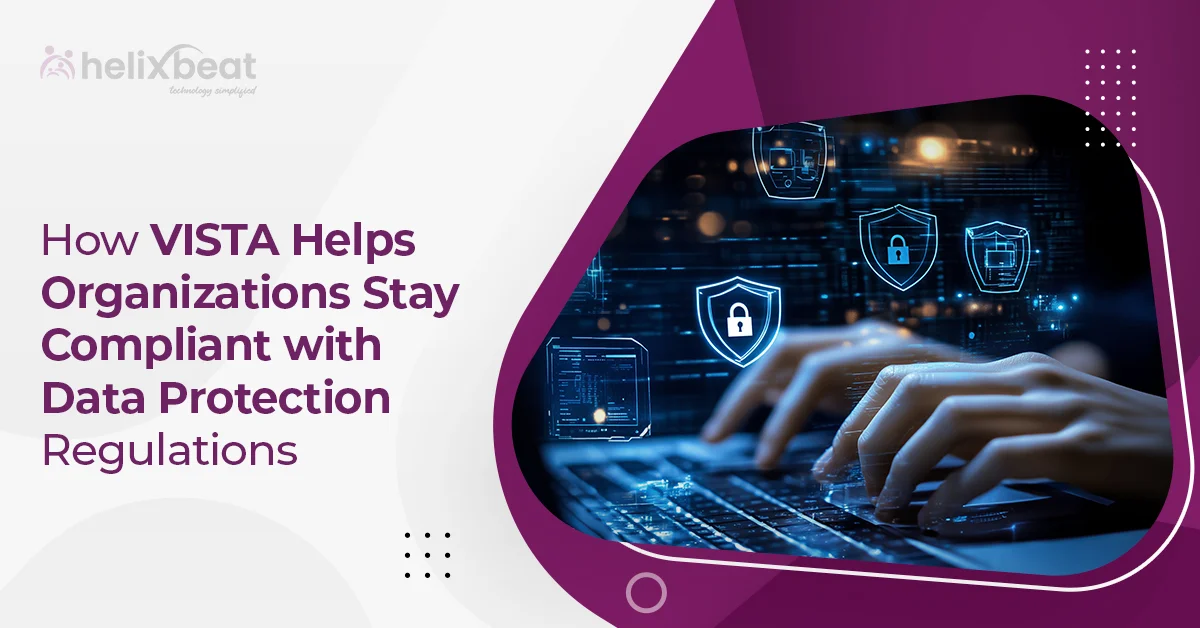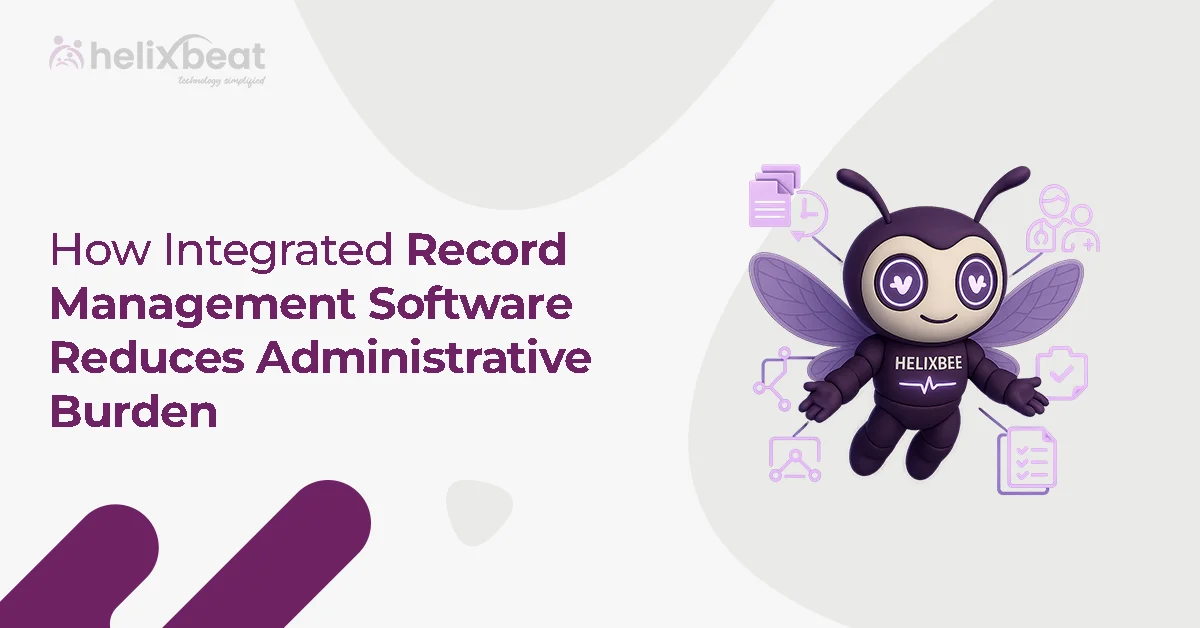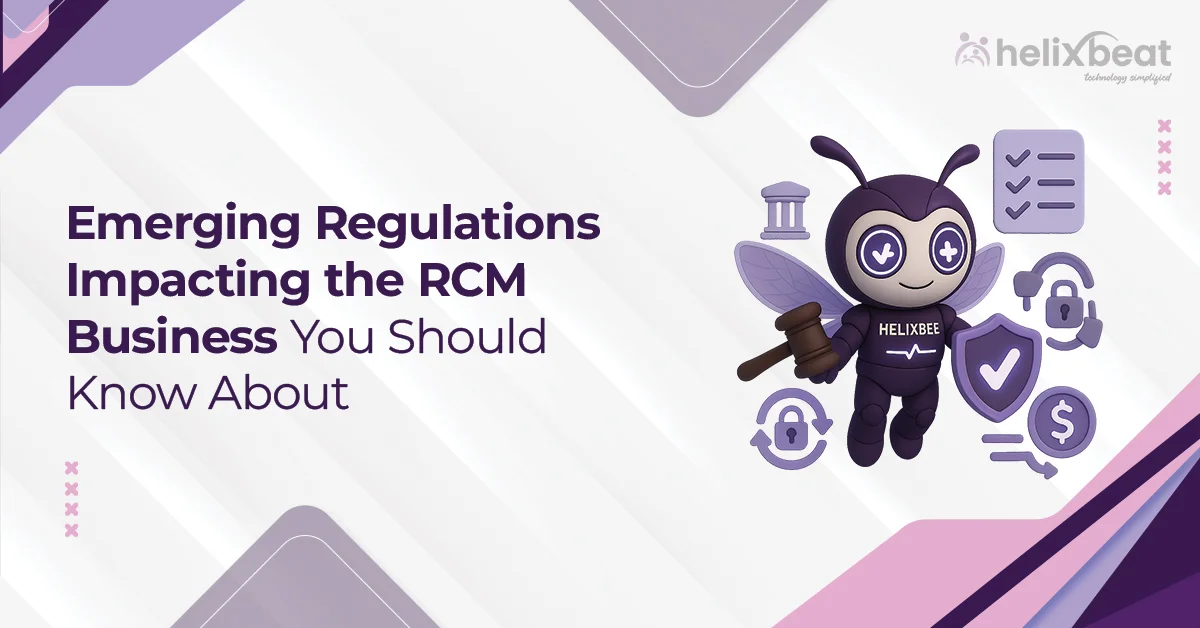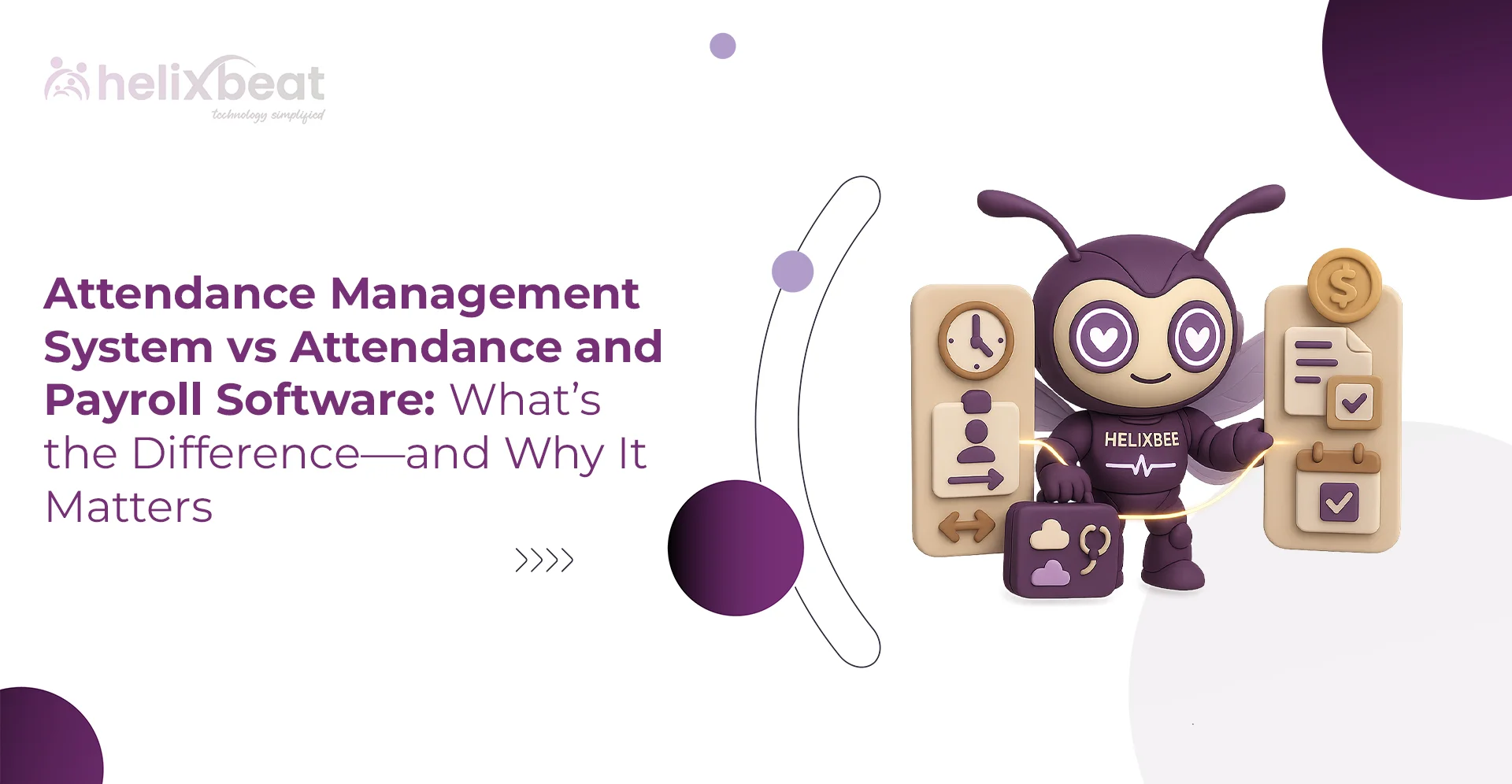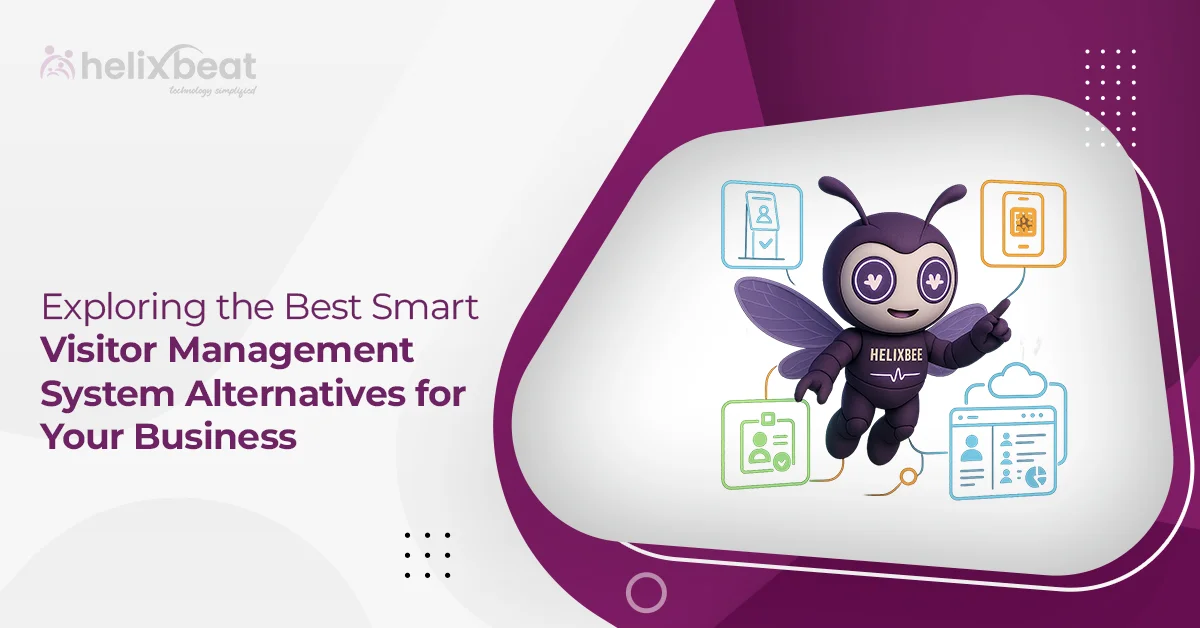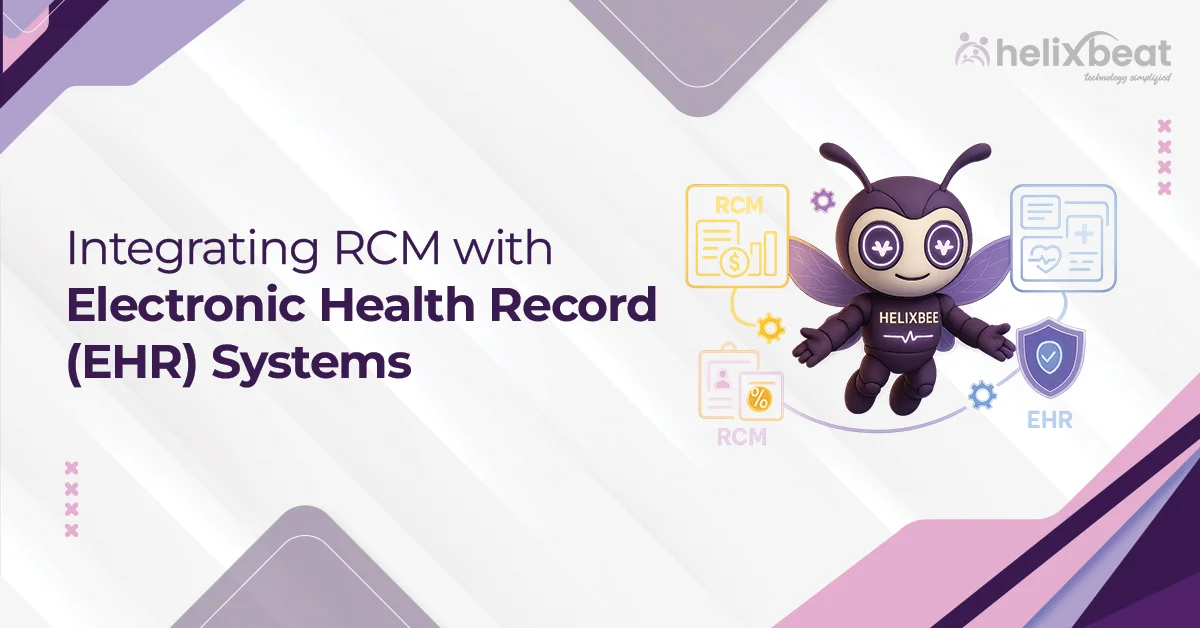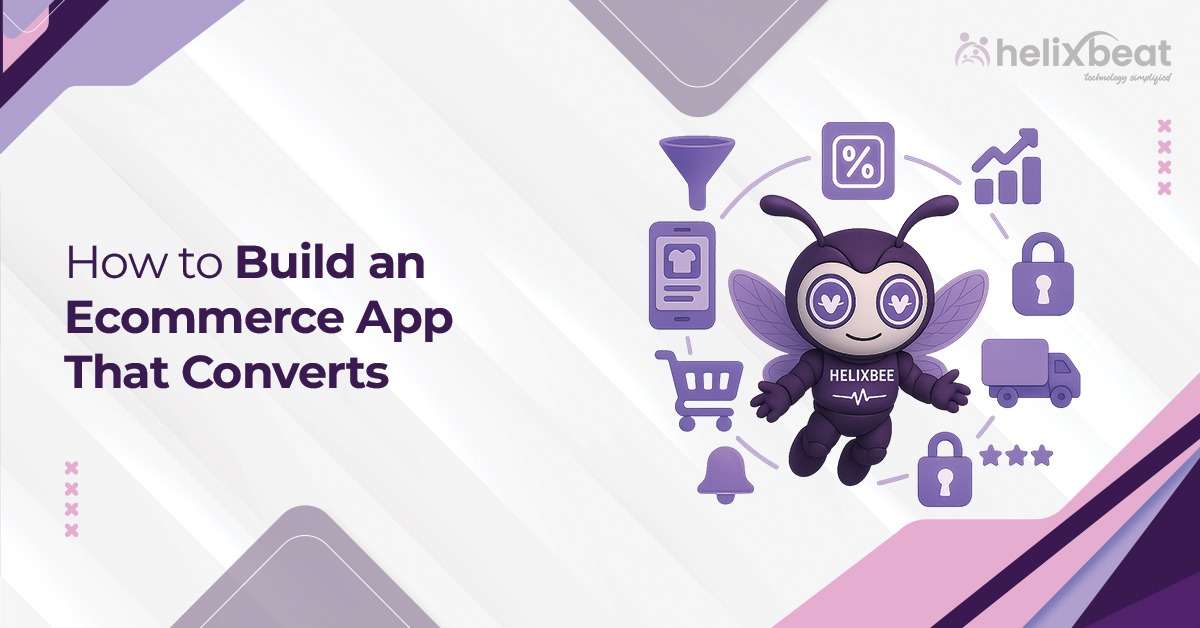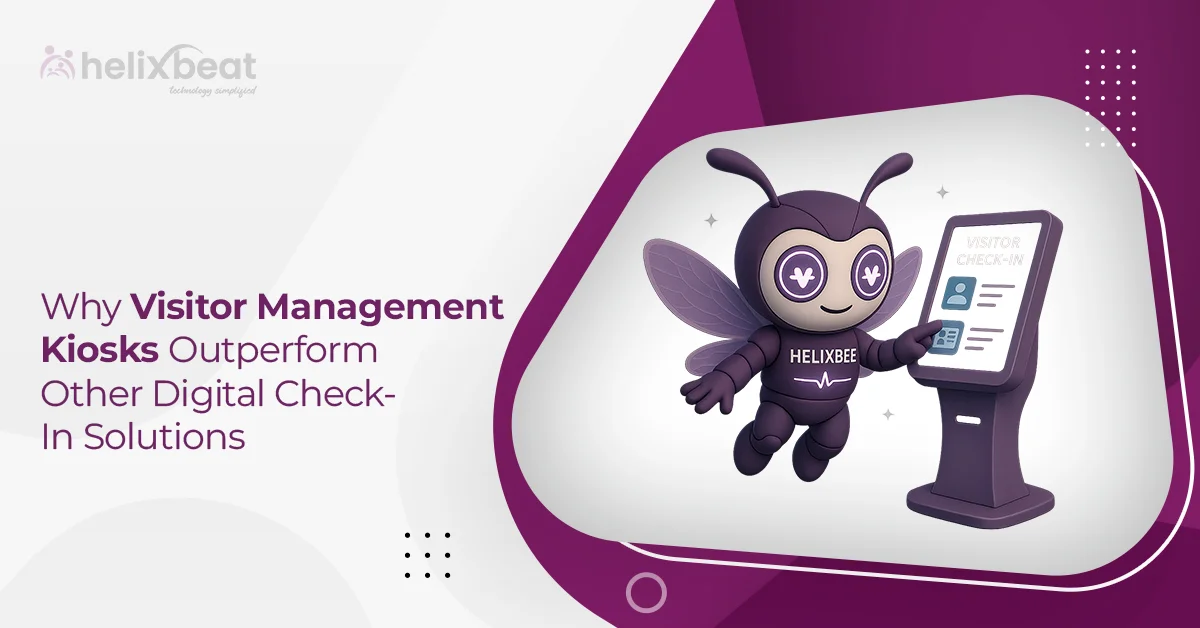In Connecting the Dots, John Chambers, a renowned venture capitalist and digital economy advisor, highlights a simple yet powerful idea—every customer interaction is an opportunity to learn and improve. This mindset is crucial for businesses looking to innovate while maintaining trust and security.
It is this premise that has seen him transform one company’s fortunes into one of the greatest technology stories of all time, growing revenues from $1.2 billion to $47 billion during a 20-year period.
Trust isn’t just a buzzword; it’s the foundation of strong relationships, whether with employees, customers, or visitors. But trust isn’t built on promises alone—it requires action, especially when it comes to protecting both physical spaces and sensitive data. With regulations like GDPR and NIS2 setting high standards for data security, organizations can’t afford to take compliance lightly. A single security lapse can mean hefty fines, reputational damage, and lost customer confidence.
That’s where VISTA comes in. More than just visitor tracking, it’s a smart, secure, and seamless way to welcome guests while ensuring compliance. Let’s dive into how VISTA helps businesses stay ahead in an era where security and trust go hand in hand.
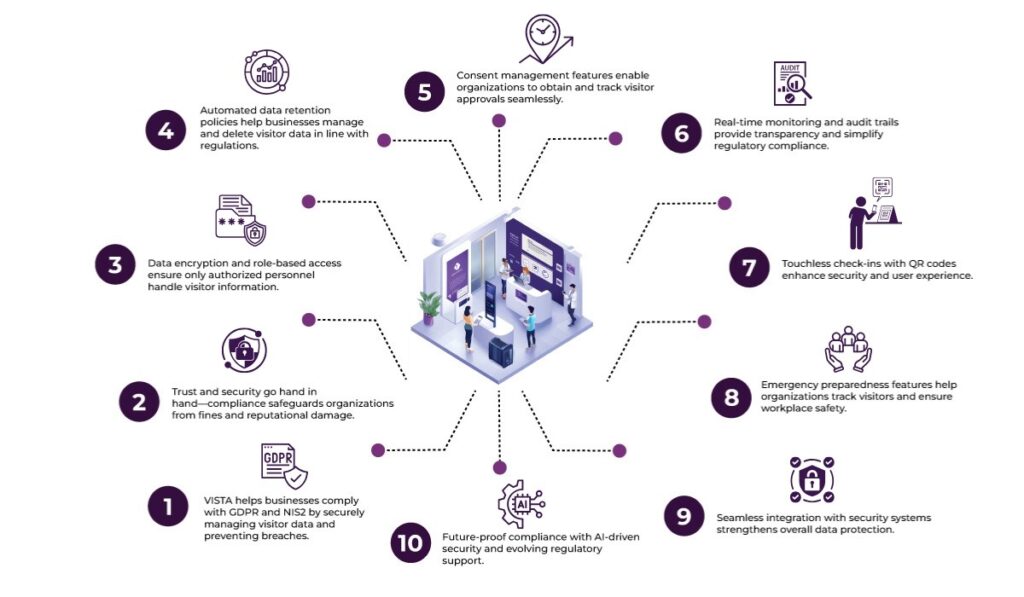
Table of Contents
Understanding the Importance of Compliance
Data protection regulations such as the General Data Protection Regulation (GDPR) and the Network and Information Security Directive (NIS2) are designed to protect individuals’ privacy while ensuring organizations handle sensitive information responsibly. Failure to comply with these regulations can result in severe financial and legal consequences.
For companies handling visitor data, compliance means implementing robust measures to manage, store, and protect information while ensuring visitors’ rights are upheld. Organizations need a system that not only facilitates smooth visitor check-ins but also ensures that sensitive data remains secure and is only accessible to authorized personnel.
For example, under GDPR, organizations must obtain explicit consent before collecting and processing personal visitor data. If a company hosts a high-profile event and collects visitor information without clear consent, it risks facing regulatory fines and legal action. Similarly, a hospital managing patient visitors must ensure that visitor logs are securely stored and automatically deleted after a set retention period to comply with data minimization principles. In both scenarios, compliance safeguards both the organization and its visitors from potential data breaches and unauthorized access.
A real-world example is the case of a multinational corporation that suffered a data breach due to an unsecured visitor tracking. Hackers exploited the system, gaining access to visitor logs containing sensitive information. As a result, the company faced heavy GDPR fines and significant reputational damage. Implementing a system like VISTA, which offers secure data encryption, automated retention policies, and role-based access controls, could have prevented this breach and ensured compliance with data protection in visitor management .
Visitor Tracking and Data Protection Challenges
Visitor tracking is essential for security, but it also raises several data protection in visitor management challenges:
- Data Sensitivity: Visitor data, such as names, contact details, and company affiliations, can be targeted by cybercriminals.
- Unauthorized Access: Without proper security controls, visitor logs can be accessed by unauthorized individuals, leading to privacy violations.
- Retention and Deletion Compliance: Organizations must define clear data retention policies to avoid holding onto visitor data longer than necessary.
- Consent and Transparency: Visitors must be informed about how their data will be used, and consent must be obtained before collection.
- Integration Risks: If the visitor management system integrates with other security systems, weak points in any system can create vulnerabilities.
VISTA visitor tracking addresses these challenges by implementing strict security measures, automated compliance features, and real-time monitoring to protect visitor data at every step.
VISTA’s Role in Data Protection Compliance
1. Secure Data Collection and Storage
VISTA ensures that visitor information is collected securely through encrypted channels. Unlike traditional logbooks, which pose security risks, VISTA’s digital system protects personal data from unauthorized access. Each visitor’s information is stored in compliance with GDPR guidelines, ensuring that businesses manage data responsibly.
2. Role-Based Access Controls
A significant aspect of compliance is ensuring that only authorized individuals can access sensitive visitor data. VISTA visitor tracking provides role-based access control, which allows organizations to set different levels of access based on job roles. This minimizes the risk of unauthorized data breaches and ensures that personal information is handled responsibly.
3. Automated Data Retention Policies
Data protection laws mandate that organizations should not retain personal data for longer than necessary. VISTA automates data retention policies, allowing businesses to configure retention settings in accordance with regulatory requirements. Once the retention period expires, visitor data is automatically deleted, reducing the risk of data misuse.
4. Consent Management and Visitor Rights
GDPR and similar regulations require organizations to obtain explicit consent before collecting and processing personal data. VISTA visitor tracking includes built-in consent management features, allowing visitors to acknowledge and agree to privacy policies digitally. Additionally, visitors can request to view or delete their personal information, ensuring that their rights are respected.
5. Real-Time Monitoring and Audits
Compliance isn’t just about policies—it requires continuous monitoring and auditing. VISTA offers real-time dashboards and audit trails that track every visitor’s movement, ensuring transparency. Businesses can generate reports that demonstrate compliance with regulations, making it easier to pass audits and avoid penalties.
6. Touchless and Contactless Check-Ins
With the rise of hygiene concerns and strict security protocols, VISTA visitor tracking provides a touchless check-in experience through QR codes and facial recognition. This not only enhances user convenience but also reduces the risk of physical data breaches associated with traditional sign-in sheets.
7. Emergency Preparedness and Compliance
Visitor management extends beyond check-ins; it also includes emergency response planning. VISTA visitor tracking provides real-time evacuation lists and visitor tracking to ensure compliance with workplace safety laws. In case of an emergency, security teams can quickly identify all on-premises visitors, improving response times and ensuring compliance with health and safety regulations.
8. Integration with Other Security Systems
VISTA visitor tracking seamlessly integrates with access control, surveillance, and cybersecurity tools to provide a comprehensive security solution. These integrations further strengthen compliance efforts by ensuring that data flows securely across platforms without vulnerabilities.
How to Choose a Data Protection-Compliant Visitor Management System
Selecting the right visitor management system is crucial for ensuring data protection compliance. Here are key factors to consider:
- Regulatory Compliance Features: Ensure the system supports GDPR, NIS2, and other relevant regulations with features like consent management, data retention policies, and encryption.
- Data Security Measures: Look for end-to-end encryption, access controls, multi-factor authentication, and secure cloud storage to prevent unauthorized access and breaches.
- Ease of Use and Integration: A good visitor management system should be user-friendly and integrate seamlessly with existing security infrastructure, such as access control and surveillance systems.
- Automated Data Handling: The system should automate data retention and deletion policies to ensure compliance with regulations while reducing manual workload.
- Customizable Access Control: Choose a system that offers role-based access control to ensure that only authorized personnel can handle sensitive visitor information.
- Scalability and Future-Proofing: Ensure that the system can adapt to evolving regulations and company needs, supporting new technologies like AI and machine learning for enhanced security.
By considering these factors, businesses can select a visitor management system that not only streamlines check-ins but also ensures compliance with stringent data protection in visitor management.
The Future of Visitor Management and Compliance
As data protection in visitor management continue to evolve, businesses must stay proactive in their compliance efforts. Organizations that fail to implement proper security measures risk not only regulatory penalties but also a loss of trust among customers and stakeholders.
VISTA visitor tracking offers a future-proof solution that adapts to changing regulations and technological advancements. By leveraging AI-driven security, real-time monitoring, and automated compliance features, businesses can focus on growth while ensuring that visitor data remains secure and compliant.
Conclusion
In today’s digital world, data privacy and security are non-negotiable. Regulations like GDPR and NIS2 demand that organizations implement stringent data protection measures. VISTA stands out as a robust visitor management system that not only enhances security but also ensures regulatory compliance through secure data storage, automated retention policies, consent management, and real-time monitoring.
By adopting VISTA, organizations can build trust with their visitors, employees, and stakeholders while mitigating risks associated with non-compliance. In an era where security and trust go hand in hand, VISTA visitor tracking is the ultimate solution to achieving both with confidence.
If you’re looking to strengthen your compliance strategy while providing a seamless visitor experience, VISTA is the answer. Book a demo today and discover how VISTA visitor tracking can transform your visitor management process!
Frequently asked question
Why does our organization need a visitor management system like VISTA?
A secure and efficient visitor management system is essential for ensuring compliance with data protection regulations and safeguarding sensitive information. VISTA provides a seamless solution for managing visitor check-ins while ensuring compliance with GDPR, NIS2, and other regulatory requirements.
How does VISTA help organizations comply with GDPR and other data protection regulations?
VISTA is designed to uphold data protection standards by encrypting visitor information, ensuring explicit consent is obtained before data collection, and automating data retention policies. This ensures organizations remain compliant with GDPR, NIS2, and other applicable regulations.
How does VISTA enhance data security and prevent breaches?
VISTA implements stringent security measures, including encrypted data storage, role-based access controls, and real-time monitoring. These features minimize unauthorized access and mitigate the risk of data breaches.
What happens if a visitor requests access to or deletion of their data?
VISTA includes a comprehensive consent management system that allows visitors to request access to their stored data or request its deletion in accordance with regulatory requirements. The system ensures such requests are processed efficiently and securely.
How does VISTA assist in emergency situations?
In the event of an emergency, VISTA provides real-time visitor tracking and generates an up-to-date list of all individuals on-site. This enhances emergency preparedness by enabling swift evacuation procedures and ensuring compliance with workplace safety regulations.
Is VISTA user-friendly, and does it require extensive training?
VISTA is designed for ease of use, featuring an intuitive interface that requires minimal training. Organizations can quickly implement the system, allowing employees and security personnel to manage visitor check-ins seamlessly.
Can VISTA integrate with existing security and access control systems?
Yes, VISTA is compatible with various security infrastructures, including access control systems, surveillance tools, and cybersecurity solutions. This ensures a comprehensive security approach while maintaining compliance with data protection regulations.
What differentiates VISTA from other visitor management systems?
VISTA goes beyond traditional visitor tracking by incorporating automated compliance features, real-time monitoring, and advanced security measures. Its focus on regulatory compliance, data security, and operational efficiency makes it a superior solution for organizations prioritizing both security and compliance.



